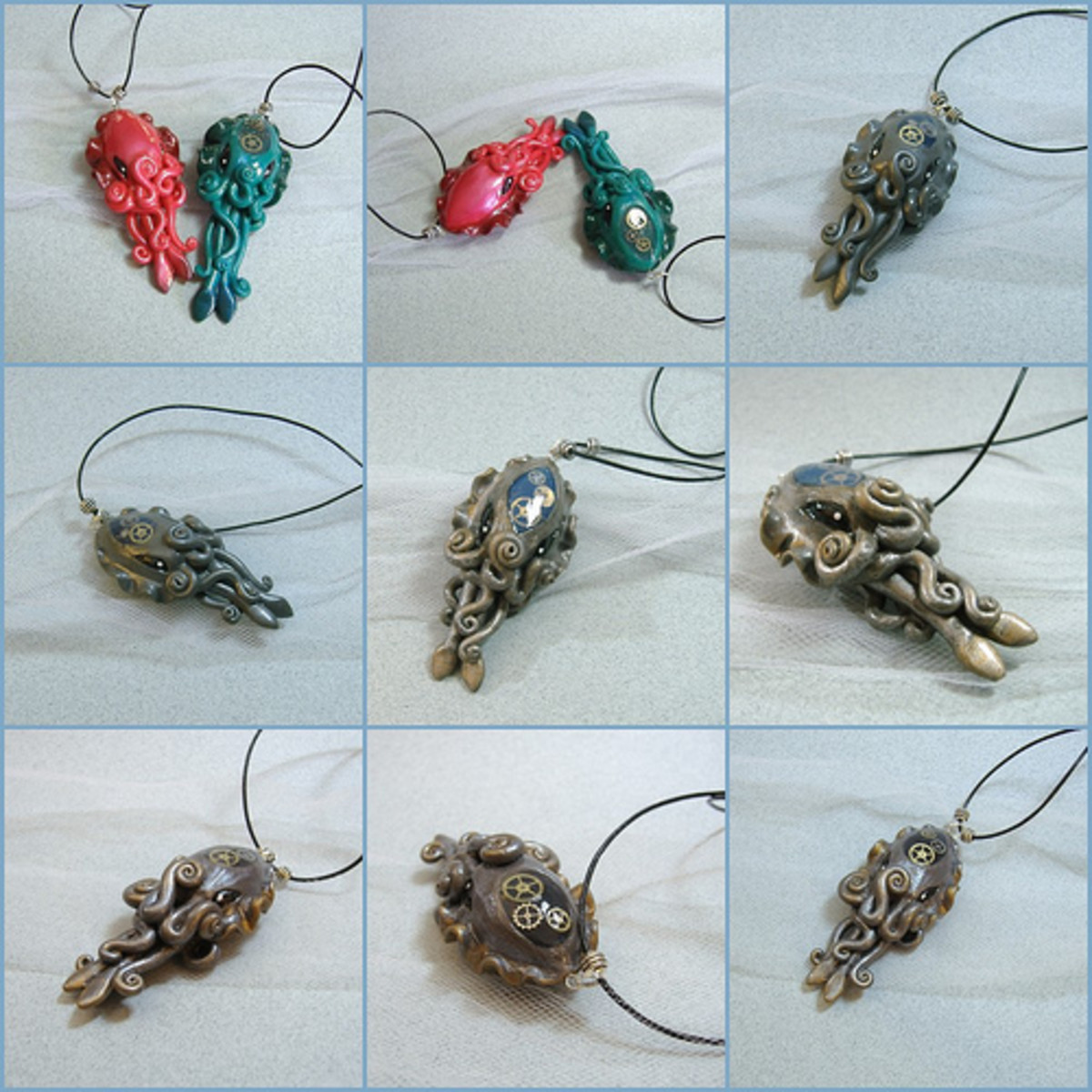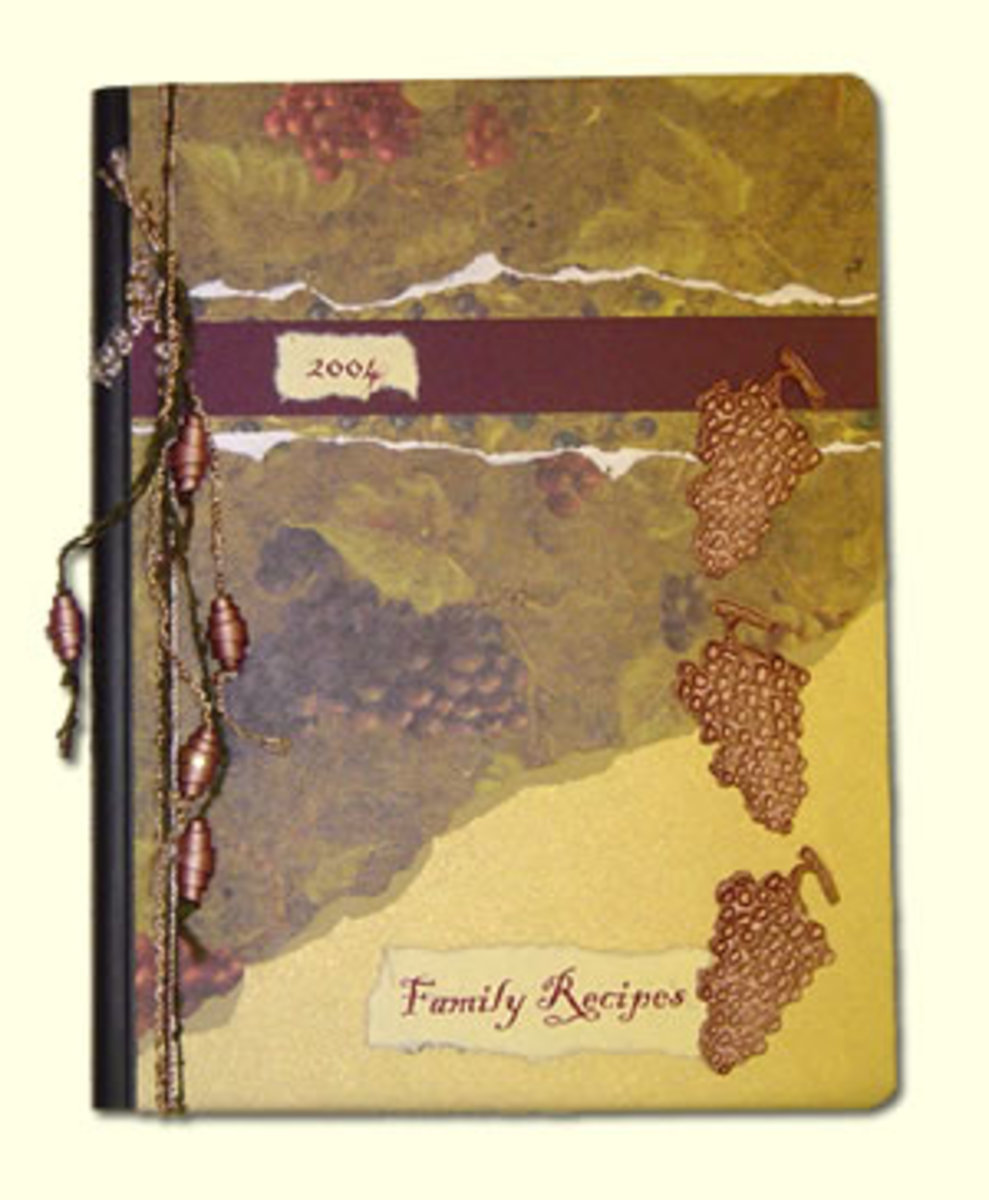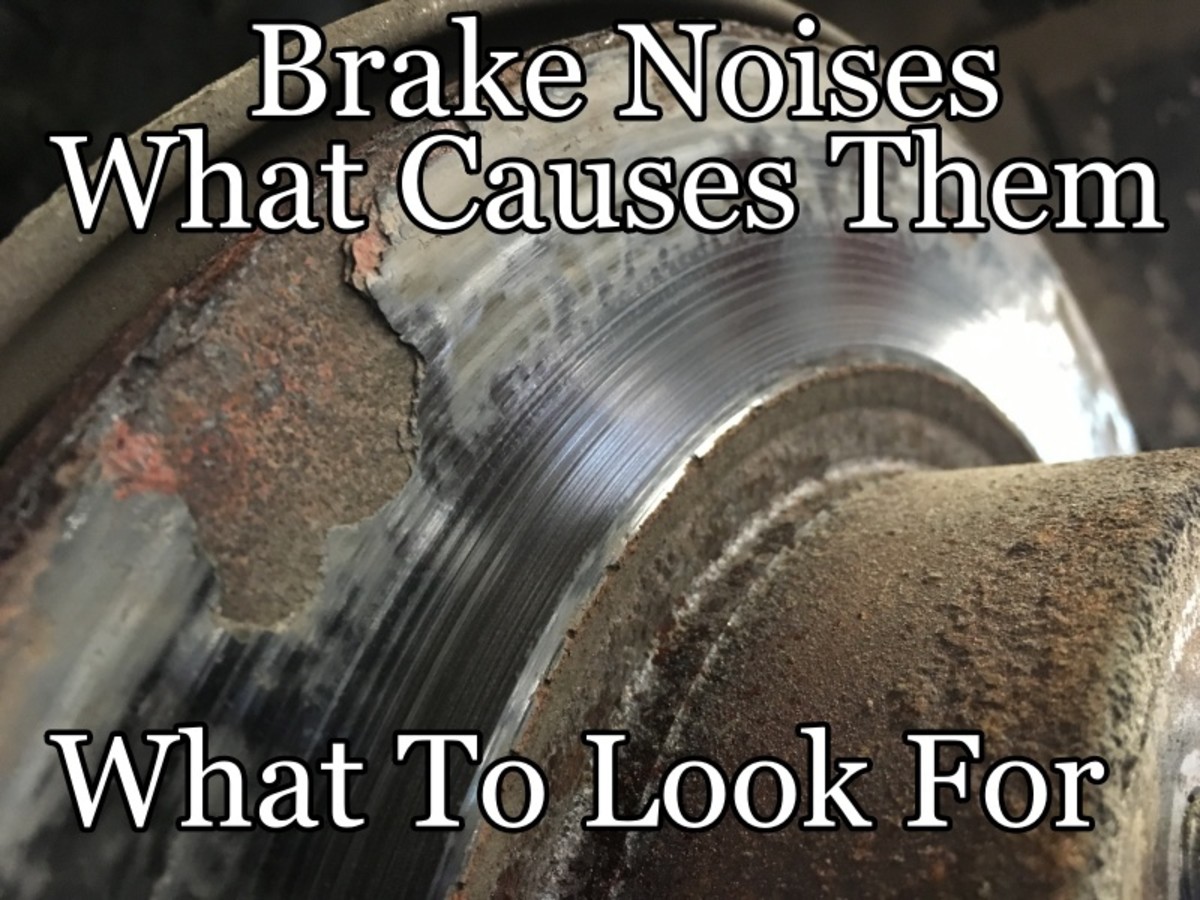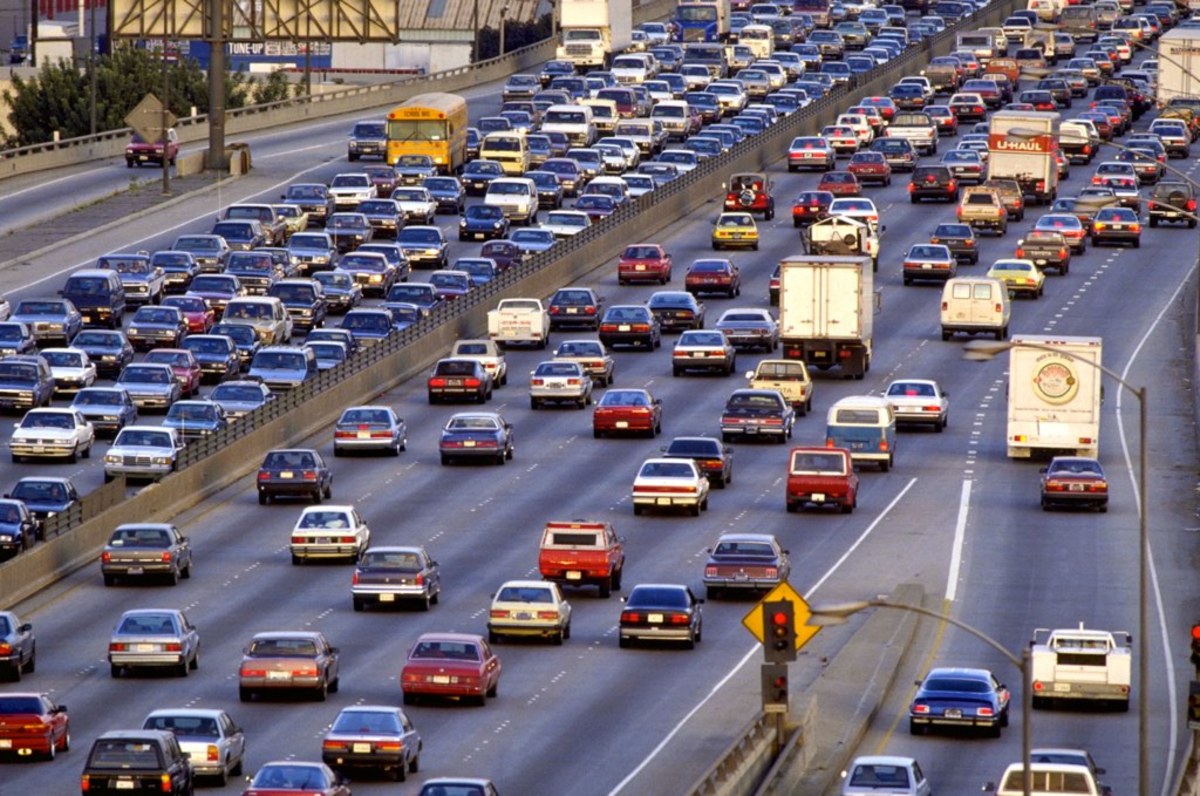Tips in Using Clay Bars Effectively
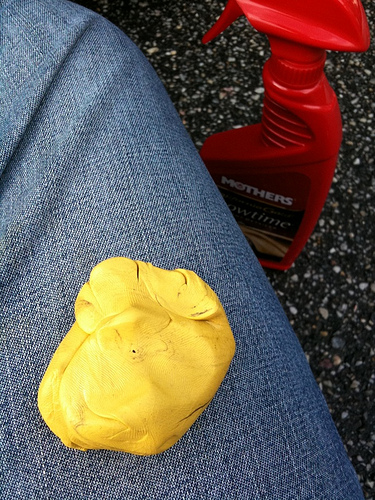
A clay bar, first introduced in Japan, is a special kind of clay used in cleaning car surfaces more particularly autodetailing. These bars help remove stubborn brake dust, overspray, industrial pollution and rail dust that stick to clear coat which are not removed by the usual washing process.
When left unremoved, these contaminants eventually cause tiny rust spots which may permanently damage a car surface later on. Testing if your car has these contaminants is quite easy. Simply run your hand over the surface of the car after washing it and you will feel that gritty surface.
Polymer Clay Bar
Man-made polymer clay is the latest in clay bar technology which was developed in the United States. Polymer clay is easier to work with since it does not dry out with age. Moreover, users find that it folds and kneads easily than normal clay bars.
One can find these clay bars online or in any car accessory store. They come in different brands and quality such as Smart Wax, Pinnacle Ultra Poly Clay, or Meguiar's Clay.
When used properly, clay bars are effective cleaning tools. The results obtained with them may not be achieved with other cleaning tools. It is therefor a nice addition to your car cleaning kit. But one must remember the improper use of clay bars may also cause damage to car surface.
The use of a clay bar in detailing will give your car paint that smooth finish it used to have when it was brand new. Clay bars are very useful tools in autodetailing shops and one car aficionados everywhere cannot do without.
How to Use Clay Bars Properly
Essentially, clay bars do the job by removing anything that sticks in a car's surface. The mechanics is quite simple, a clay bar is used by gliding it across the car’s wet surface.
- First, ensure that car is clean. It is suggested to used a clay bar after a car has just been washed. This is important since dust on the surface will cause further scratches. Make sure further that the car surface is cool and that a lubricant is used before the application.
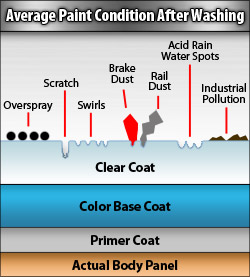
2. Then, cut the clay bar in to two or three parts. This works two ways: 1) it saves an extra in case the first gets dropped to the ground. ONE IMPORTANT THING – NEVER use the clay bar again, once dropped it to the ground. This is true no matter how clean it still looks. Any abrasive could already lodged in it that will further cause abrasion to the car exterior. Work that piece of clay into a ball, then flatten it out into a round of oblong, and patty-like shape.
3. Clay lubricant sprays are the easiest to use with clay bars. Work by sections, or any amount of area which is more manageable will do. Spray the clay lubricant first on the surface. Don’t spray on the whole car yet. Then rub the clay bar to the sprayed area with as little pressure as possible, spraying lubricant again when the clay starts to stick.
If the clay starts to gather grime, fold it and re-knead it then use the same with the clean surface. Rub the clay in the specific area being worked on until it easily glides on the surface, with less pressure applied.
Clay Bars from Amazon
4. Wipe off the lubricant from the surface with a clean microfiber towel and move on to the next area, doing the same thing. The use of automotive clay can be done once or twice per year or as often as four times if the car is exposed to outside elements often. More importantly, clays cannot fix scratches and swirls as this will be corrected through another autodetailing step, or ‘correcting’ process with the use of special machines or equipments. Wipe off any excess lubricant and apply wax protectant (e.g. Carnauba wax). Finally,polish the car.


